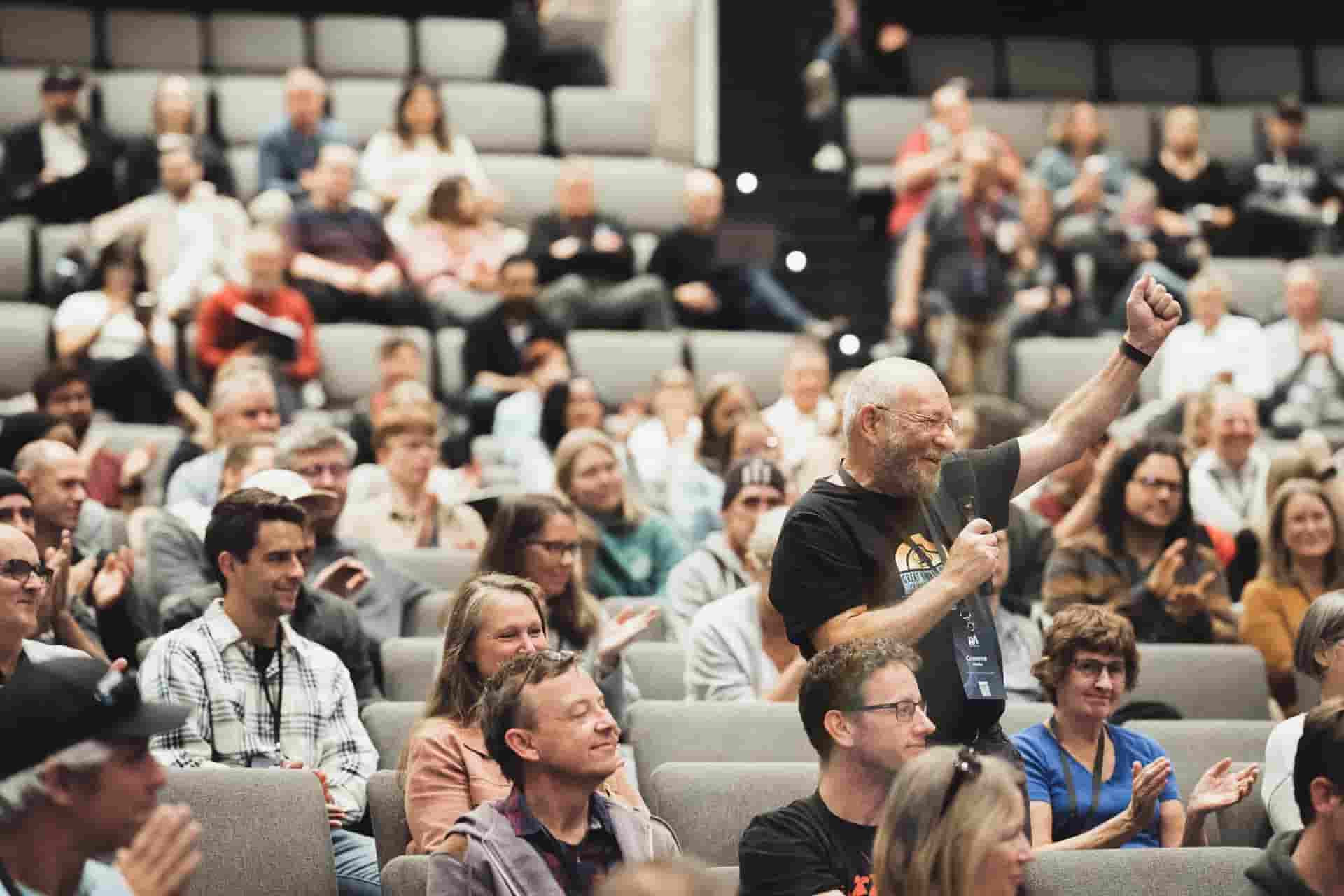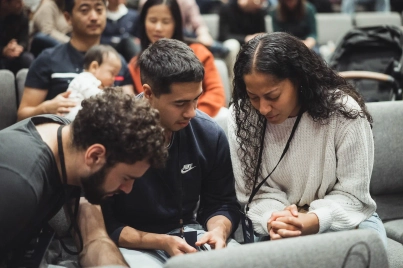Peter Luu is a pastor at Brisbane Cantonese Christian Church, a Cantonese migrant church in Brisbane’s northern suburbs (but he doesn’t speak Cantonese!).
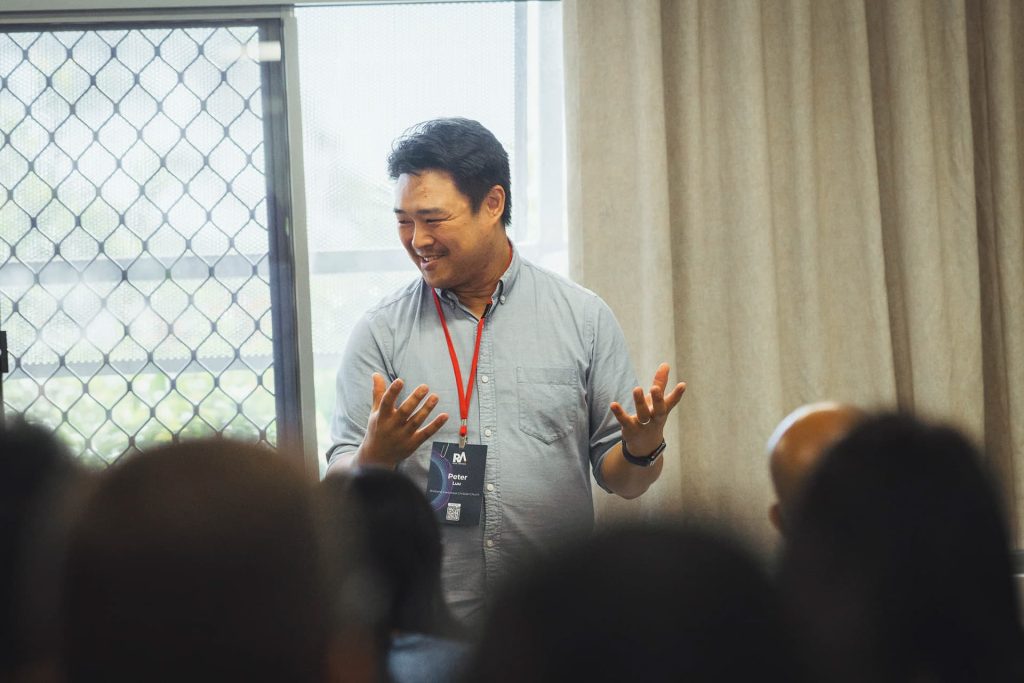
I’m a Cambodian-Chinese Australian. I grew up in a Chinese church and pastor in a Cantonese church. And I still make cultural faux pas’ or worse, offend my leaders, if I’m not careful. An effective leader is self-aware —aware of their character and personality traits, their strengths and weaknesses – but increasingly also aware of their cultural background and influences.
Kevin Koslowsky says that preachers increasingly face culturally diverse congregations, including multiple ethnic and socioeconomic backgrounds. Pastors feel stretched by the demands of ministry and fear insensitive responses to the pressing cultural challenges confronting their church.
Australia is home to over 270 cultural backgrounds. In order to reach all of Australia with the gospel, this is not something we can overlook. But where do we start? We want to share with you some of our favourite resources to start exploring how you can learn more and take steps to reaching the different cultures on your doorstep.
Start here
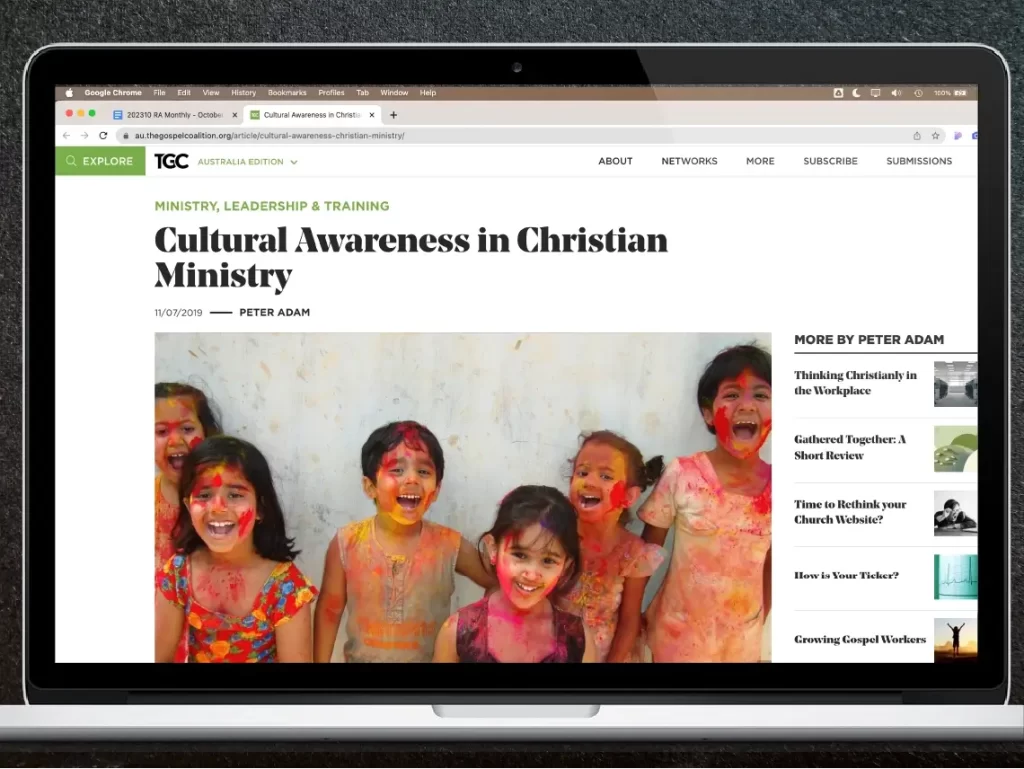
Article: Cultural Awareness in Christian Ministry by Peter Adam
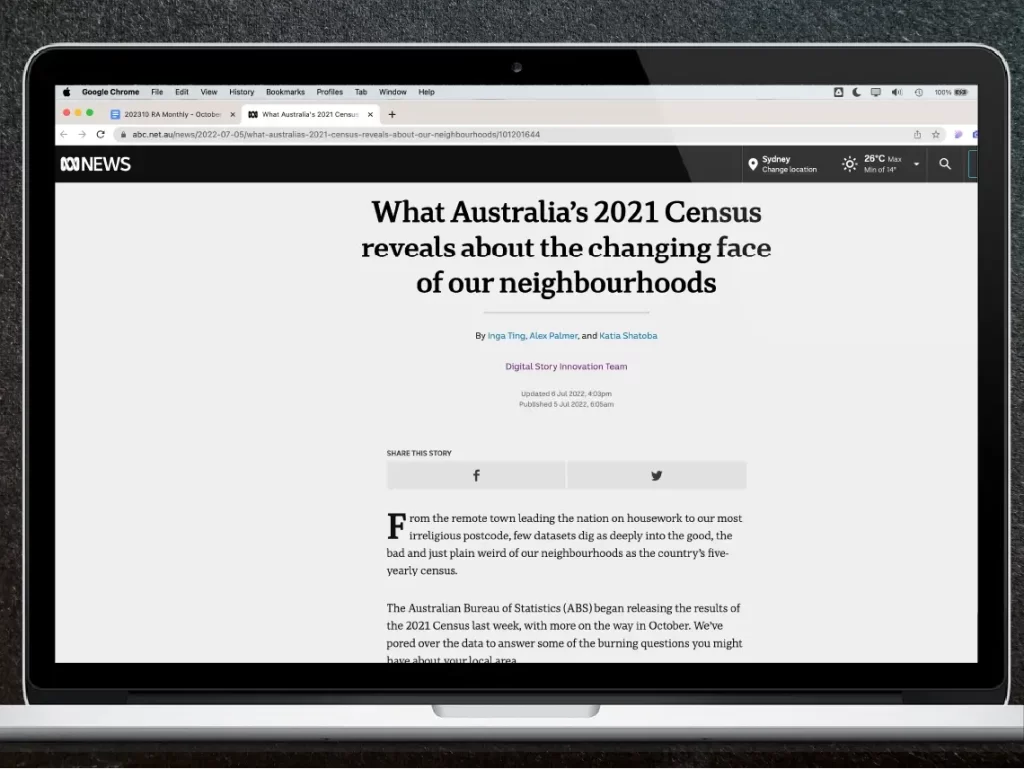
Article: What Australia’s 2021 Census Reveals About the Changing Face of Our Neighbourhoods by ABC News
The ABC produced an amazing tool allowing you to take a dive into the 2021 Census. This interactive tool allows you to dig into your community’s data. It reveals data on:
- generations
- sex ratio
- religion
- birthplace
- housework
While it doesn’t provide a deeper dive into the cultural makeup of your community, it provides a good starting point to understand who is around you.
“There are so many different languages and cultural groups that make up our suburbs. It’s good to stop every so often and think – is the diversity of our suburb reflected in our church communities? What would it look like for our church to be a place of belonging to people of different backgrounds? Where they’re fully engaged in the life and ministries of the church, and it’s reflecting that heavenly vision of Revelation 7?” (Jo Gibbs)
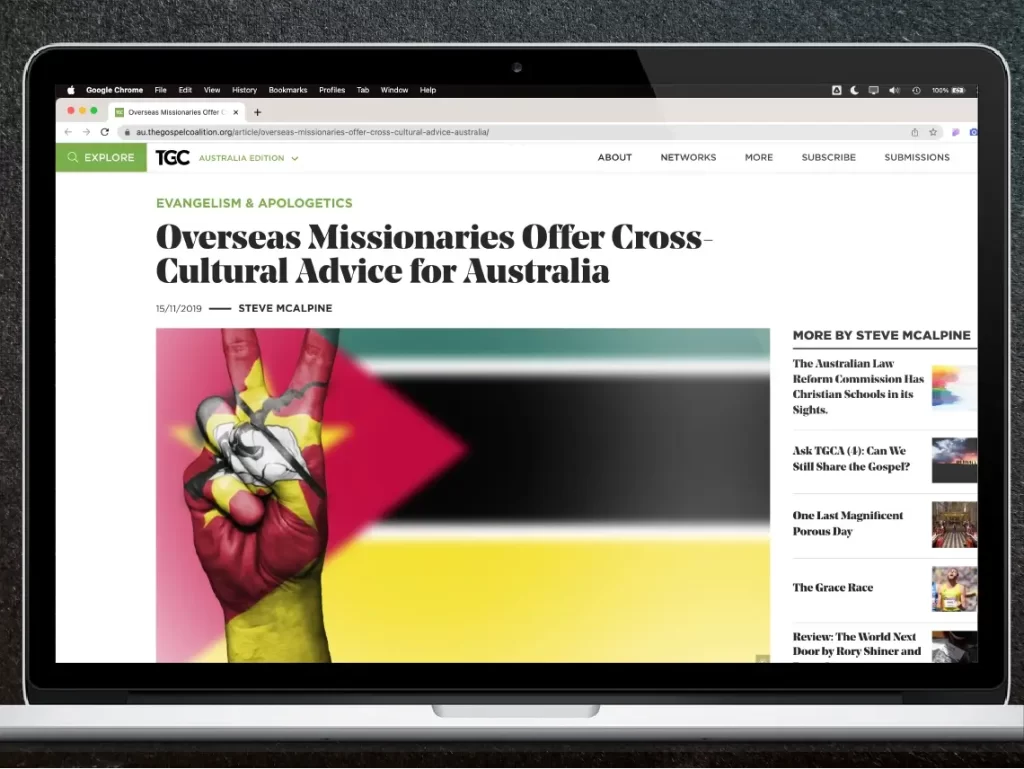
Article: Overseas Missionaries Offer Cross-Cultural Advice for Australia by Steve McAlpine
“But there’s so many cultures around us! I don’t know anything about them, what can I do? How can I reach across cultures with the gospel? It just seems too hard!” Cam and Kath Beeck, offer insights from the mission field. It’s no silver bullet, but it’s not as hard as you might think. Learn about the simple step you can take to start reaching across cultures.
Next steps
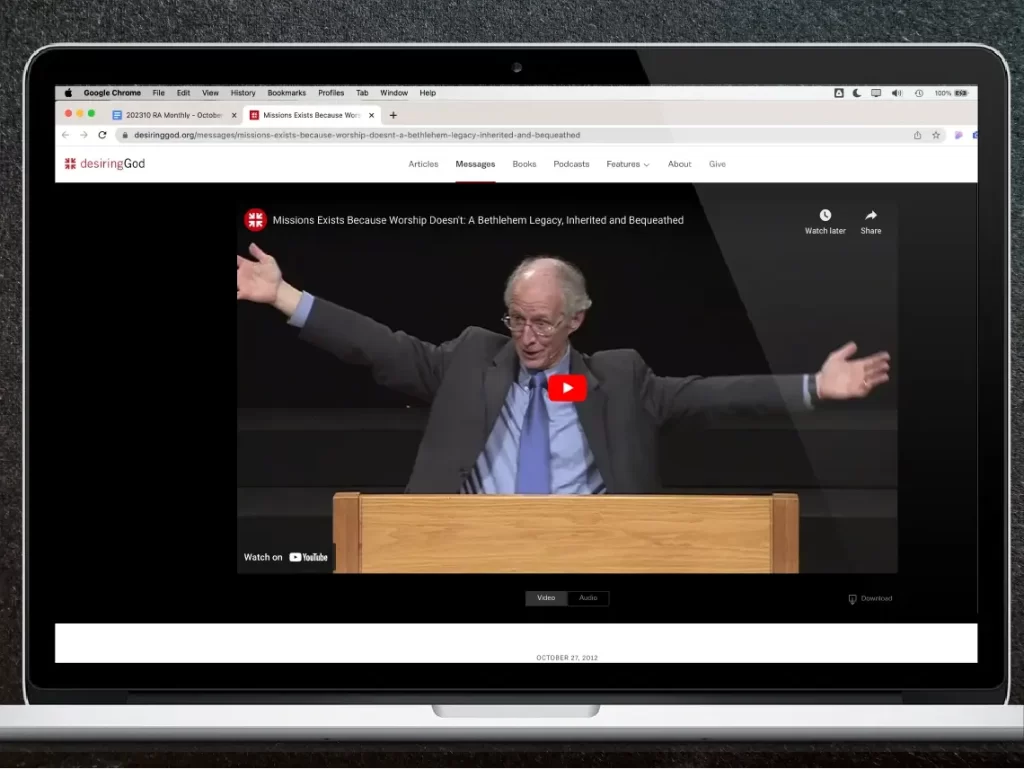
Sermon: Missions Exists Because Worship Doesn’t by John Piper
What is it that drives us in gospel ministry? What lies at the heart of the gospel? Yes, heaven and hell is real. Yes, people need God’s grace and the gift of salvation. But there’s another, if not greater, motivation—God’s glory is at stake. John Piper reminds us that “mission exists because worship doesn’t.” We do the work of evangelism and mission because there continue to be people (and people groups) who don’t worship and give glory to God.
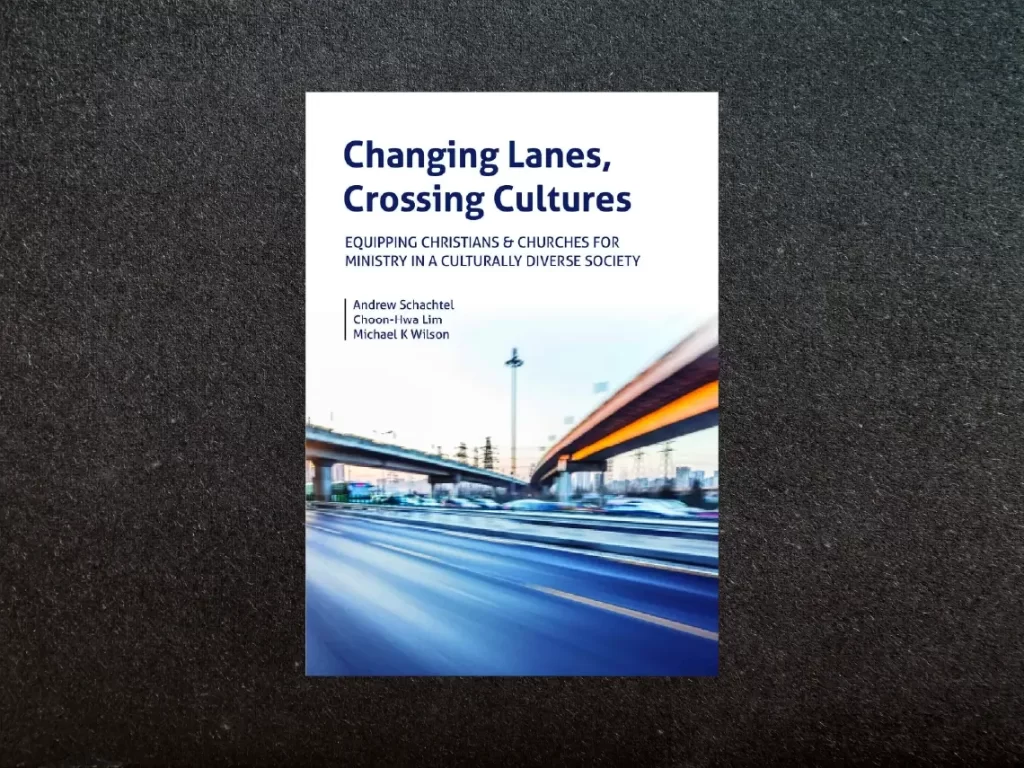
Book: Changing Lanes, Crossing Cultures by Andrew Schachtel, Choon-Hwa Lim and Michael K Wilson
Reaching all of Australia is going to mean change. We need changes to our ministry approaches and practices, we need to learn new skills, and we need help to do it. The book Changing Lanes, Crossing Cultures is filled with practical support and wise counsel. It will help you think through the changes needed to reach the different cultures in your community and how you might get there. The book is broken down into modules for easy access for personal use or a small group study.
As a second-generation migrant, I thought I understood how to navigate between cultures. Yet, I still have so many blindspots. This book graciously works to identify some of those blindspots: no burden for the lost; over-dependence on social factors and feeling comfortable within one’s own people group; ethnic difference; ethnocentrism and racism; painful history; lack of gospel-driven leadership; preserving church culture; confusion of gospel and culture; cultural barriers; cultural distance; lack of community; and spiritual opposition.
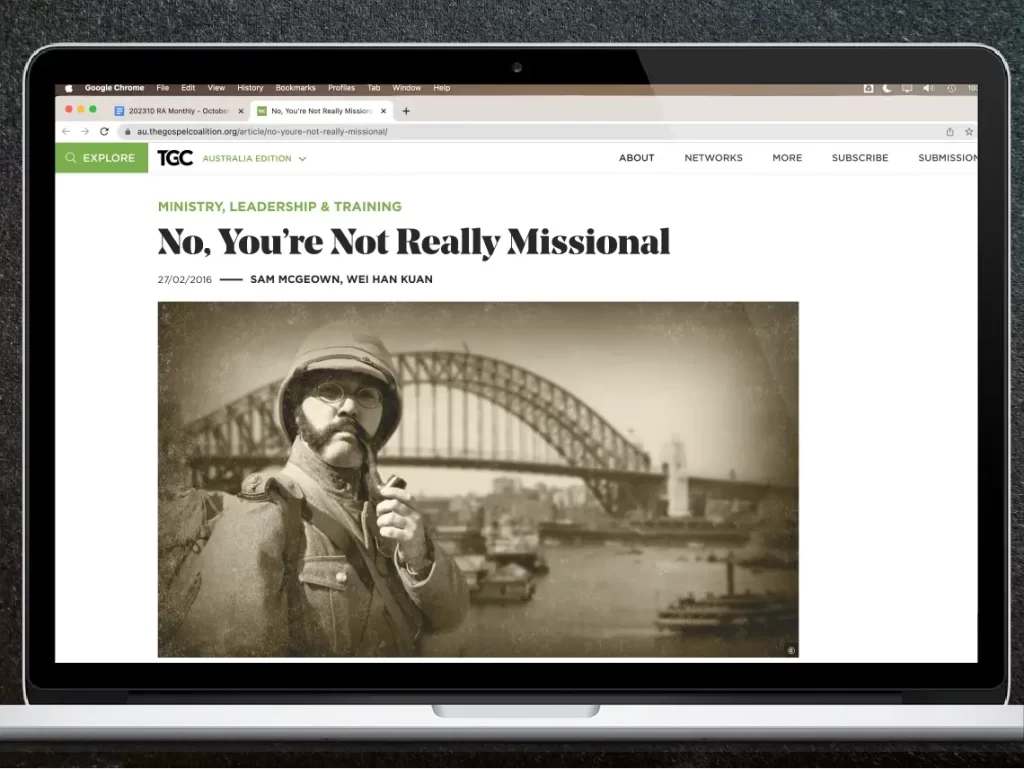
Article: No, You’re Not Really Missional by Sam McGeown and Wei Han Kuan
“The push for being missional captures something very important in the heart of God, but this is dangerous when it comes at the cost of something else essential in the heart of God; pursuing all the nations, not merely those who share our language and culture.” (David Mathis, Finish the Mission)
Missional churches or missional communities might suggest that the local church is engaged in God’s mission; and it is, but we need to be clear. Yes, there is a mission field among our local communities, a great need for the gospel, but does that make it missional? In this article, Sam McGeown (Village Church, Brisbane) and Wei Han Kuan (CMS Australia) challenge this idea and suggests that missional captures something more—the need to cross language and cultural barriers.
Going Deeper
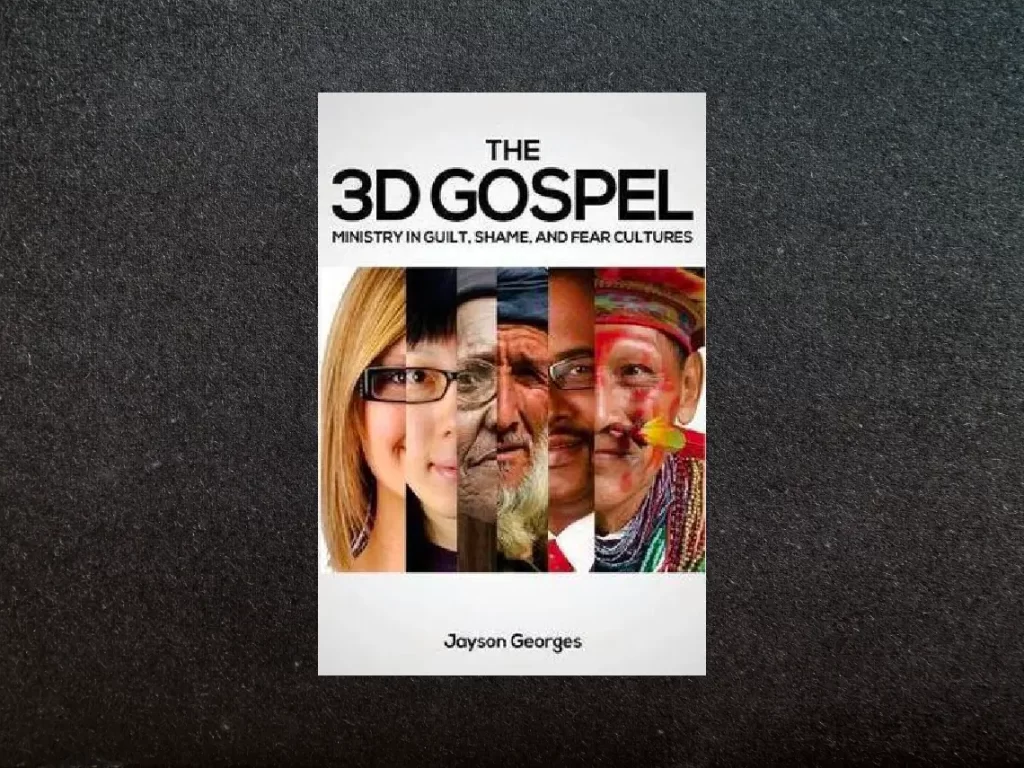
Book: The 3D Gospel For Guilt, Shame & Fear Cultures by Jayson Georges
How do we present the gospel across cultures? The Western world largely presents the gospel through a guilt-innocent lens—that is, we’re saved from God’s judgment. Jesus’ sacrifice is the ransom paid for our sin. We stand before the judgment seat innocent of transgressions.
Yet, for almost 80% of the world, they operate through an honour-shame and/or power-fear lens. In Asian culture, we speak of “saving face”—that is, preserving one’s honour. The idea of sin loses most of its significance when it’s presented through the guilt-innocence lens. However, when sin is presented as a loss of honour or “loss of face” before a holy God, it takes on a deeper meaning.
“It helps someone understand why Two Ways To Live doesn’t work with their Muslim friend from South Asia. It’s not just the language. I talked to my Muslim friend recently about sin making our hearts unclean in terms of halal food, rather than talking about how she has fallen short of the mark.” – Jo Gibbs
The book 3D Gospel presents this guilt-shame-fear framework as a way to understand the different culture types with practical tips for relationships and communication. This framework is a great starting point for understanding how we might cross cultures, but it’s just that – a starting point. Culture is much more complex than these simple divisions, and all three dynamics find themselves expressed differently across cultures.

Article: Introducing the Pain-Pleasure Worldview by David Williams
The dynamics of worldview can be expanded beyond guilt-shame-fear. In more recent times, another such lens may be offered. David Williams (CMS, St. Andrew’s Hall) introduces us to the pain-pleasure lens as an additional feature of our changing culture and times. While he suggests this applies to a Western audience, I would suggest that this dynamic also applies in an increasingly globalised culture.
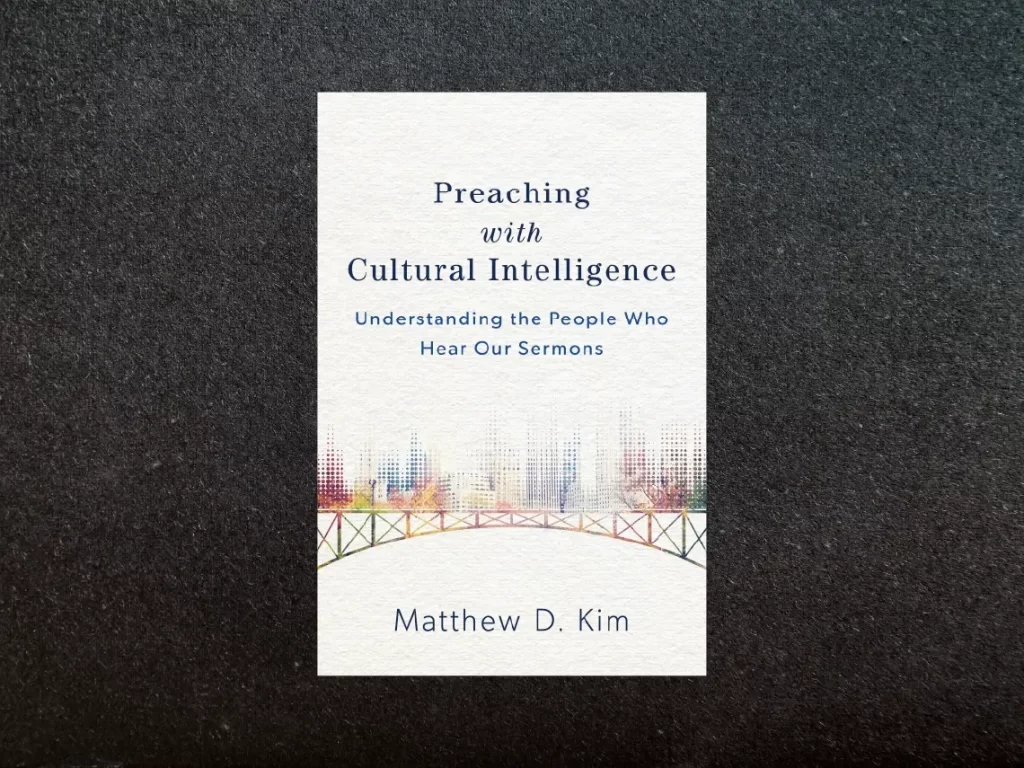
Book: Preaching with Cultural Intelligence: Understanding the People Who Hear Our Sermons by Matthew Kim
“Matthew Kim urges preachers to aim not only for the insiders of the majority culture, but also for the outsiders who are usually forced to conform to the majority. Kim, writes as an ethnic Korean who was born and raised in the United States living with the cultural tensions of an outsider. With this helpful book, he introduces the concept of cultural intelligence from the business world. Preachers must develop the ability to communicate to people with whom they do not have a shared cultural background. Preaching is bridge building that takes the main idea of the biblical text into the listeners’ hearts.
Loving our neighbors requires cultural intelligence. Kim offers a clear challenge, maintains an evangelical commitment to the authority of the text, and provides pastoral examples of cultural sensitivity.” – Review by Kevin Koslowsky
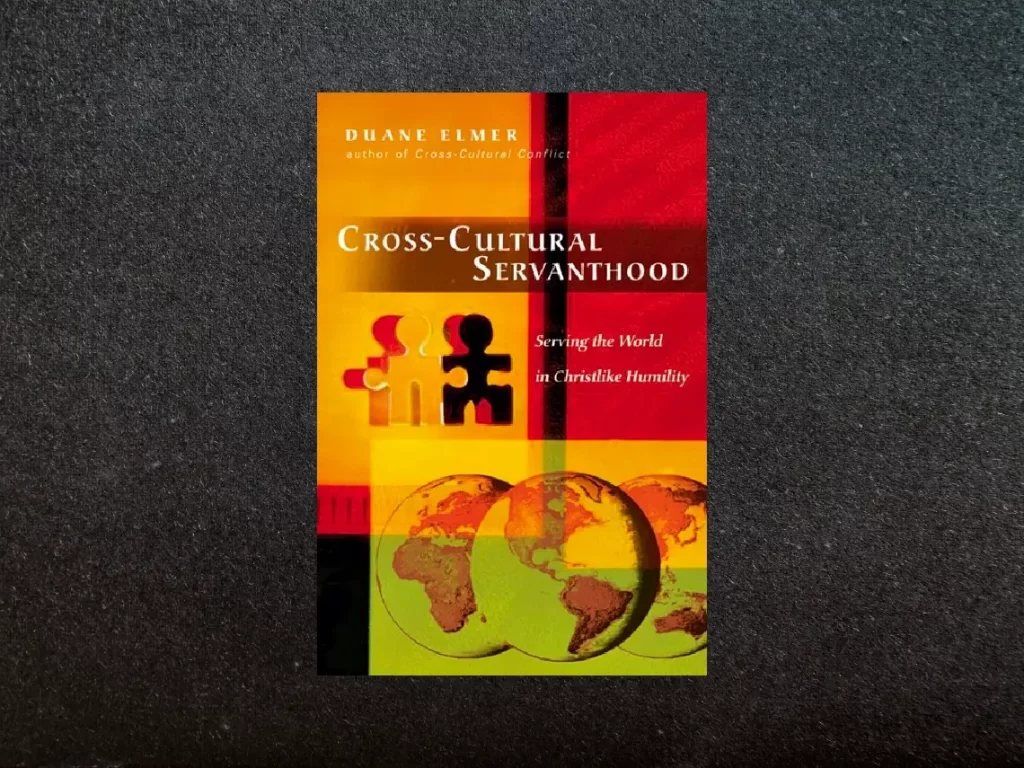
Book: Cross-Cultural Servanthood by Duane H. Elmer
Church lunches are a common occurrence in Asian churches. Early on I faced a dilemma. One of the members at church set aside food for me as the pastor. However, she was old enough to be my grandmother. The first few times it happened, I would politely request it be given to someone else. I was there to serve others, not be served. Yet what I came to realise was my gracious refusal to be served unintentionally communicated dishonour rather than honour. To be served was a means of serving others. I wonder how you would feel in this situation?
It’s already so easy within our own context with a shared language and culture to be misunderstood. How much more so when we cross cultures! Cross-Cultural Servanthood was originally written for an overseas ministry context, the principles of this book apply just as much here as we begin thinking cross-culturally. Duane Elmer calls us to serve other cultures with the sensitivity and humility of Jesus. This book is one to be read and re-read to embed the principles and practices it contains. And when you think you’ve got a handle on that, you might be ready to dive into Cross-Cultural Conflict (N.B. I’m still reminded by the lessons from these books!)!
Other Resources and Training
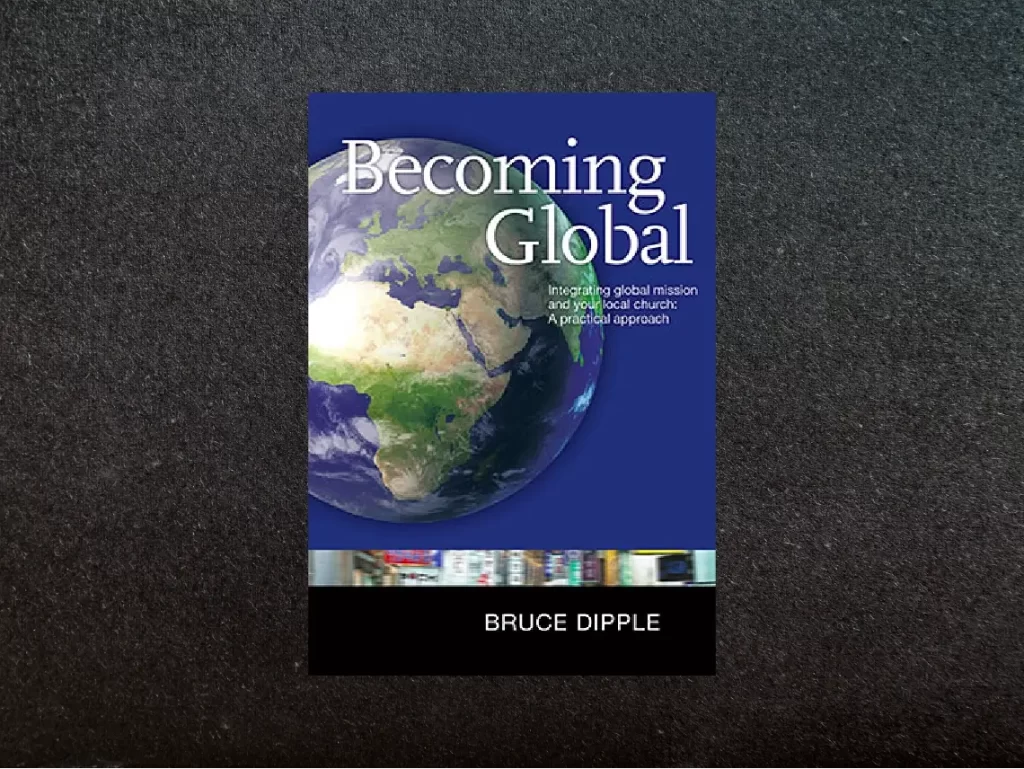
Book: Becoming Global – Integrating Global Mission & Your Local Church by Bruce Dipple
How do you build mission heat in your church? Becoming Global is a practical resource to help churches and leaders explore how they can think through building mission heat across the life of the church, from the church budget down to your kids’ ministry. The emphasis leans heavily towards overseas mission; however, the principles can easily be expanded to apply to local evangelism and cross-cultural ministry.
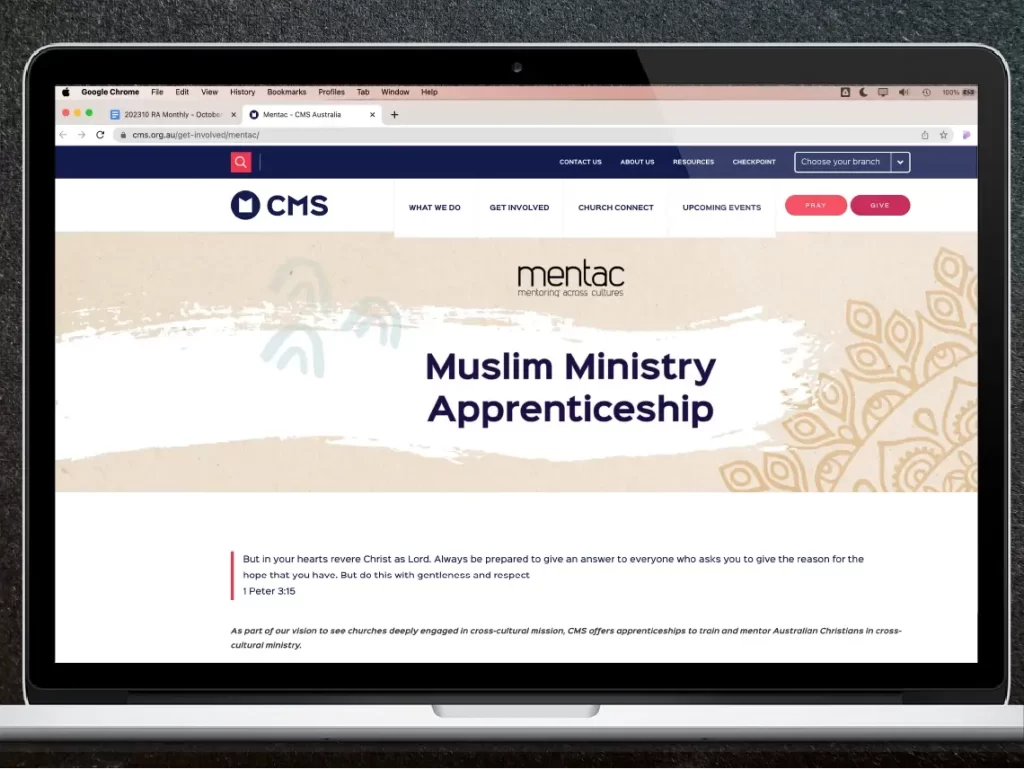
Traning: Mentac by CMS
Mentac is a two year, full-time apprenticeship designed to provide training and mentoring in cross-cultural ministry. It currently runs in Sydney and Melbourne through CMS NSW & ACT and CMS Victoria. This apprenticeship seeks to equip and help people explore the path to long-term cross-cultural ministry, providing opportunities for evangelism and discipleship under the mentoring of experienced cross-cultural workers.
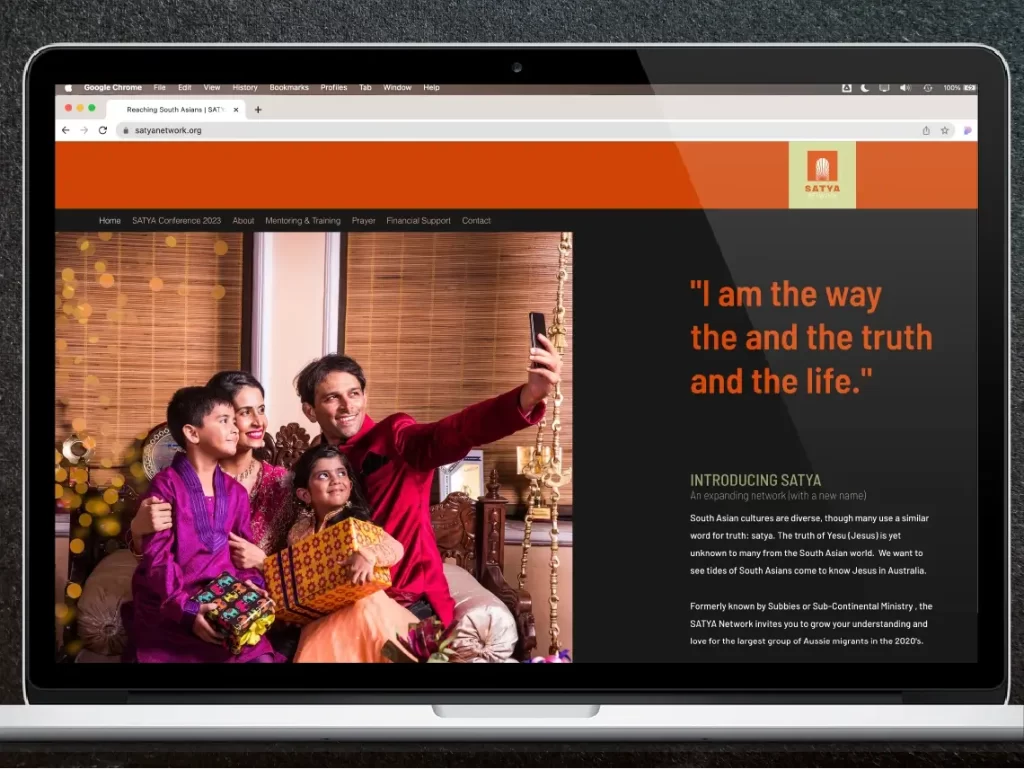
Training: The SATYA Network
SATYA runs a monthly gathering that seeks to equip and mentor believers to cross-cultural barriers in order to win people to Christ. Inspired by the Mentac program, the group searches the Scriptures to understand Hindu culture, learn from biblical principles, and sharpen each other to share Jesus in culturally appropriate ways. It’s run by experienced cross-cultural workers (including clergy and lay workers) seeking to glorify God by reaching Hindu people with the gospel.
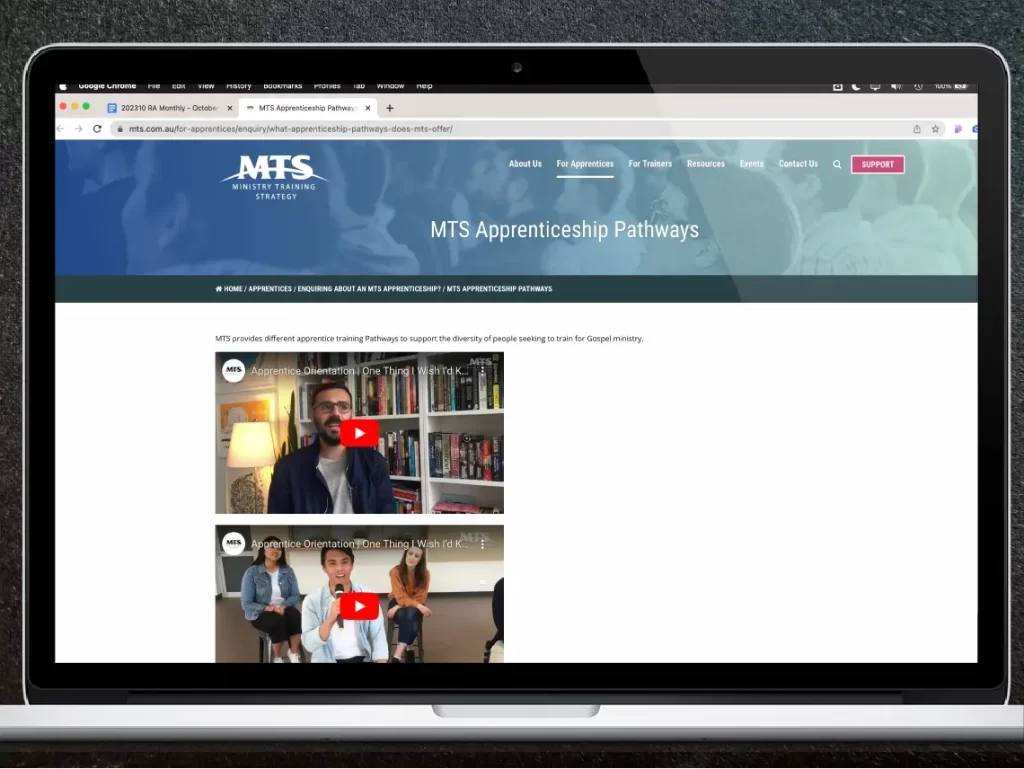
Traning: iMTS Apprenticeship
Do you have someone exploring cross-cultural ministry locally? Or overseas? MTS now offers a cross-cultural partnership with ECM. iMTS is the perfect program for people who are considering cross-cultural ministry. It’s designed to give apprentices an experience of what long-term cross-cultural ministry is really like, and whether it’s a good fit for them personally.

